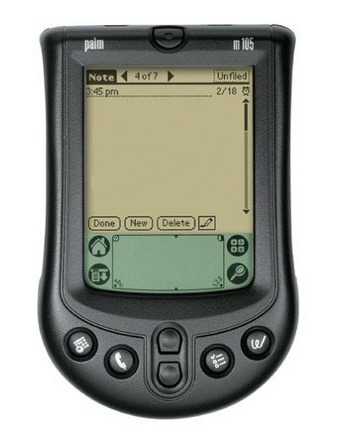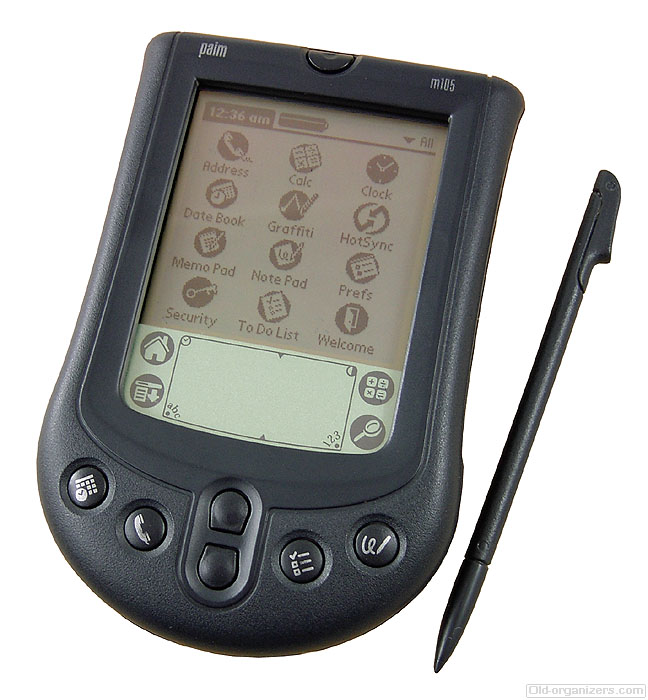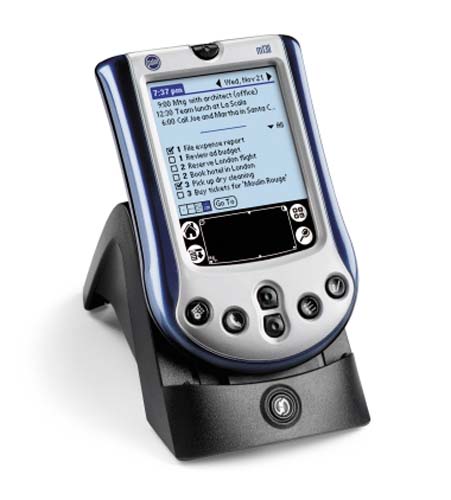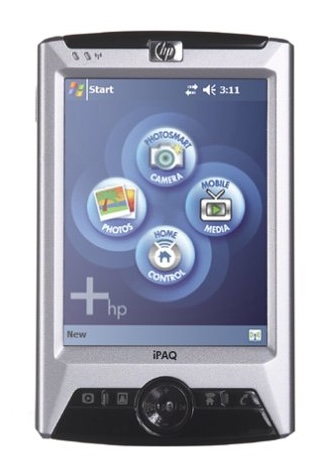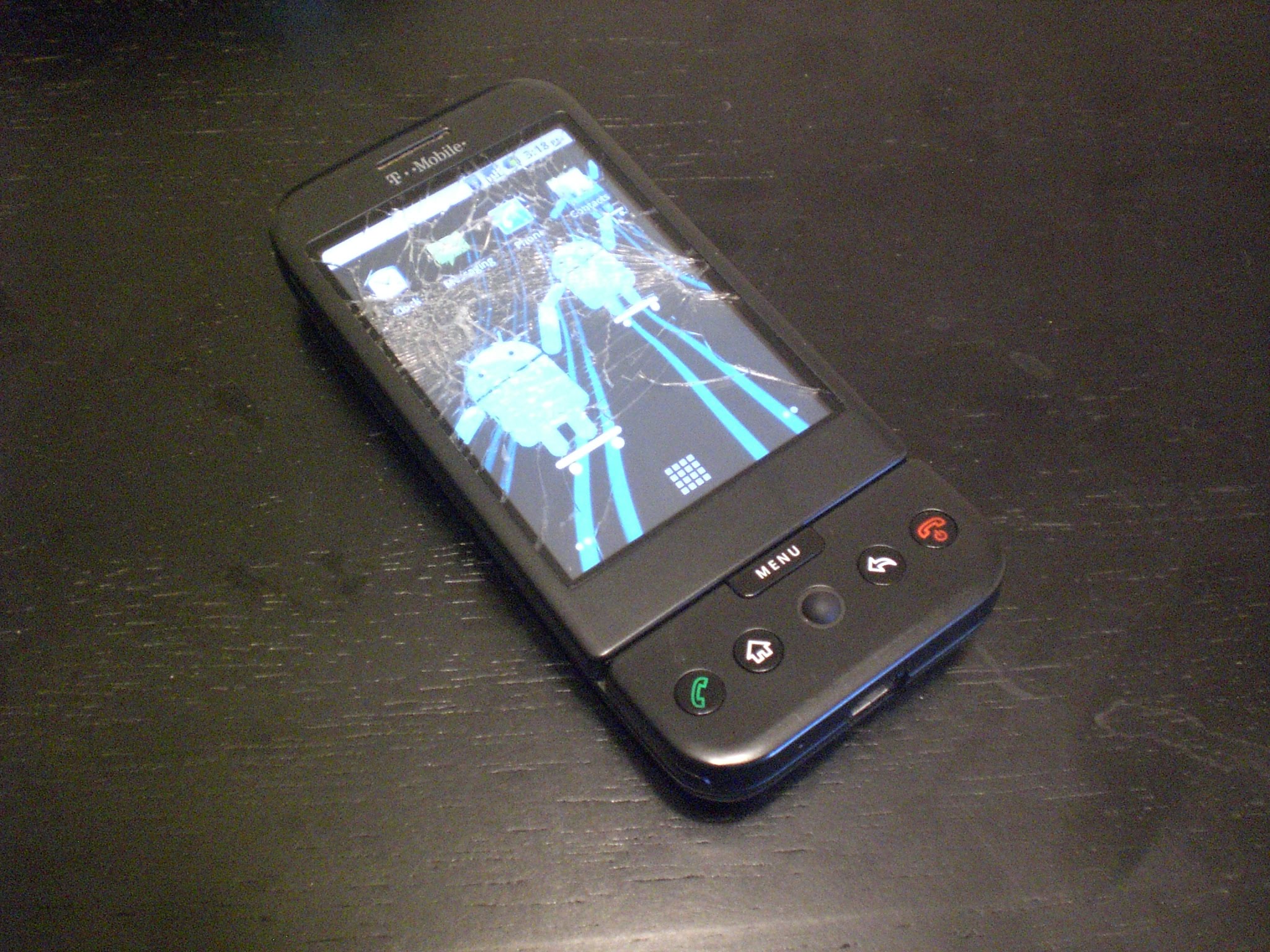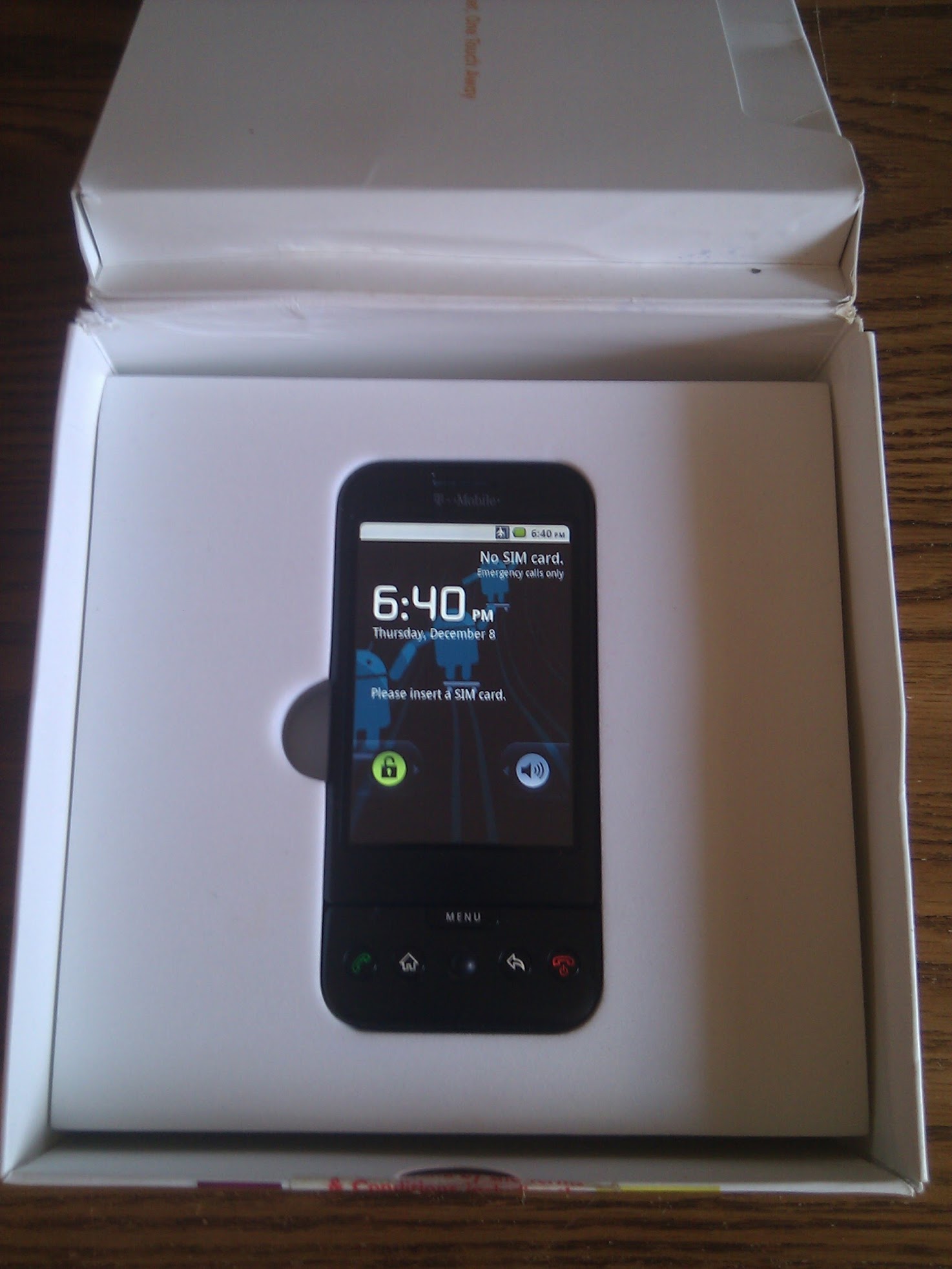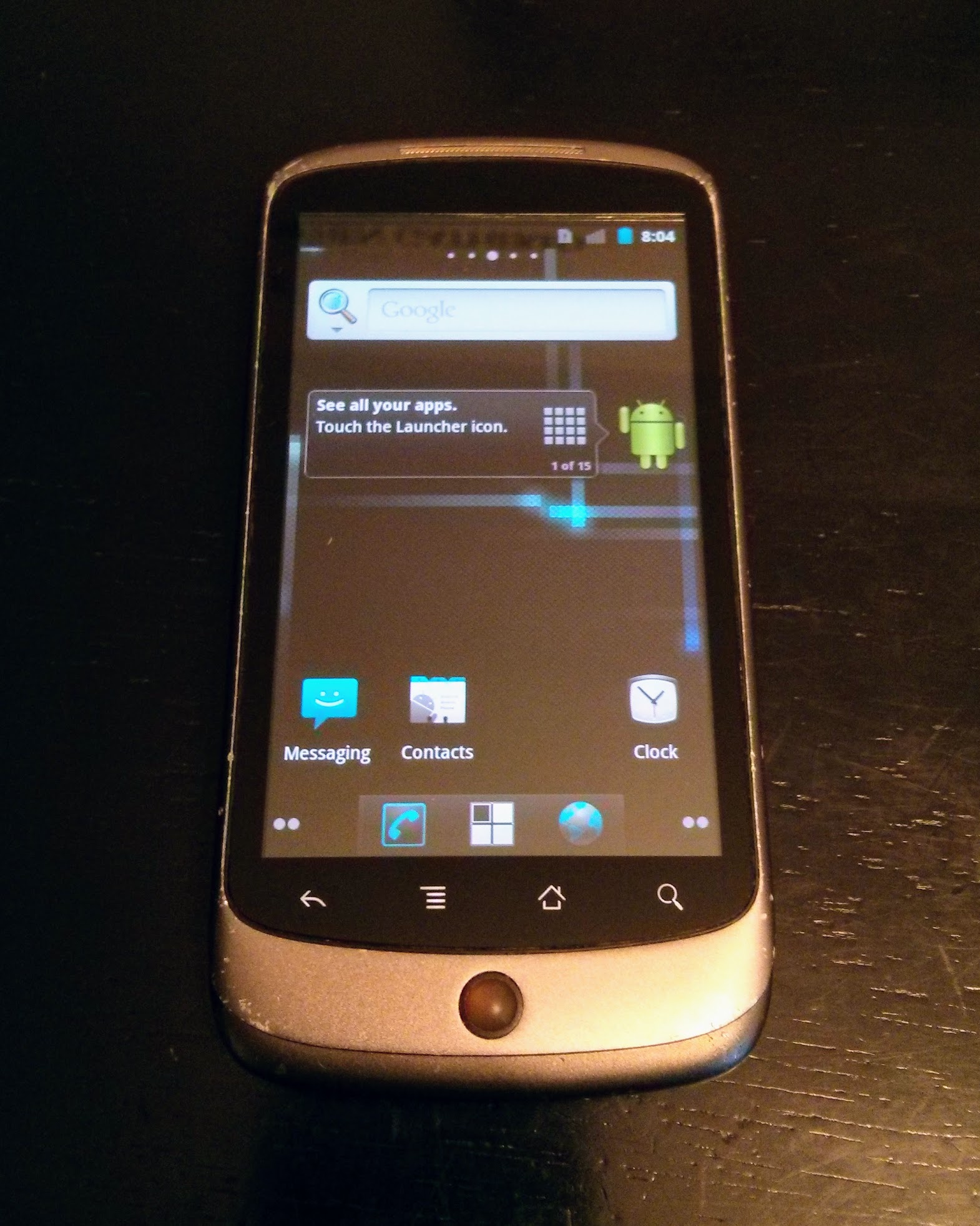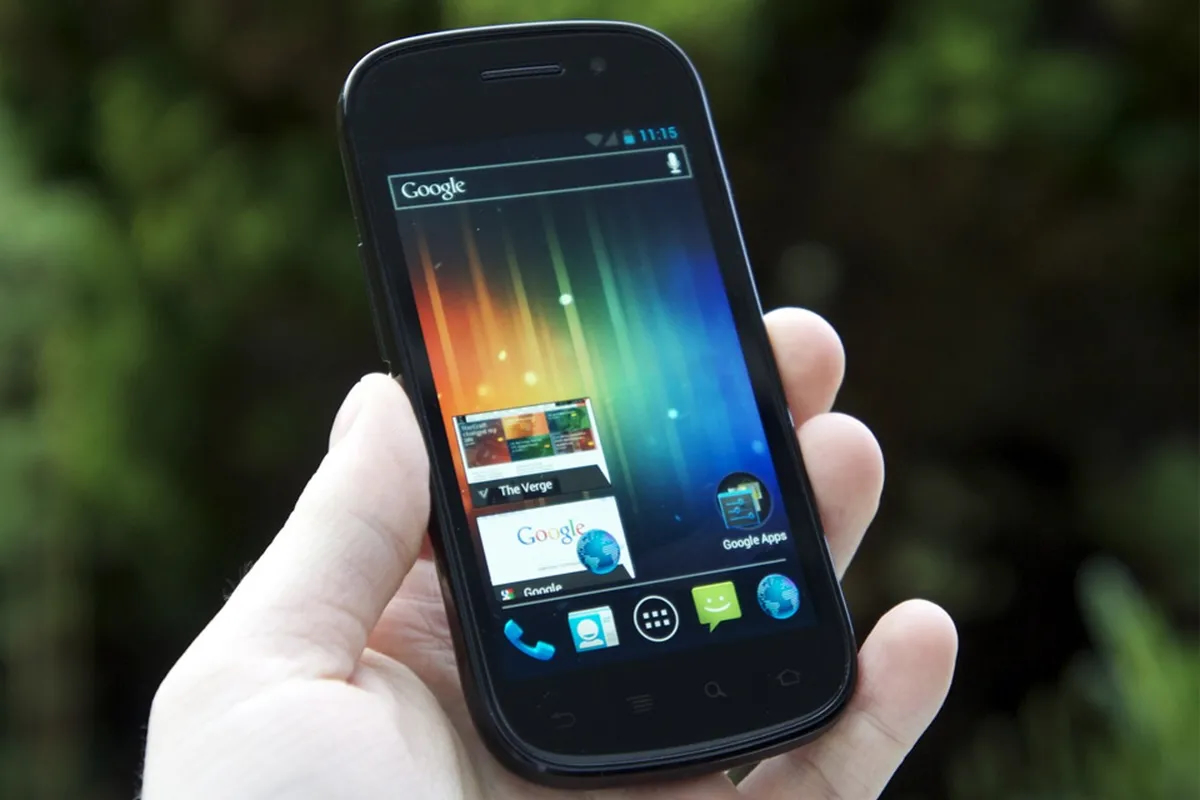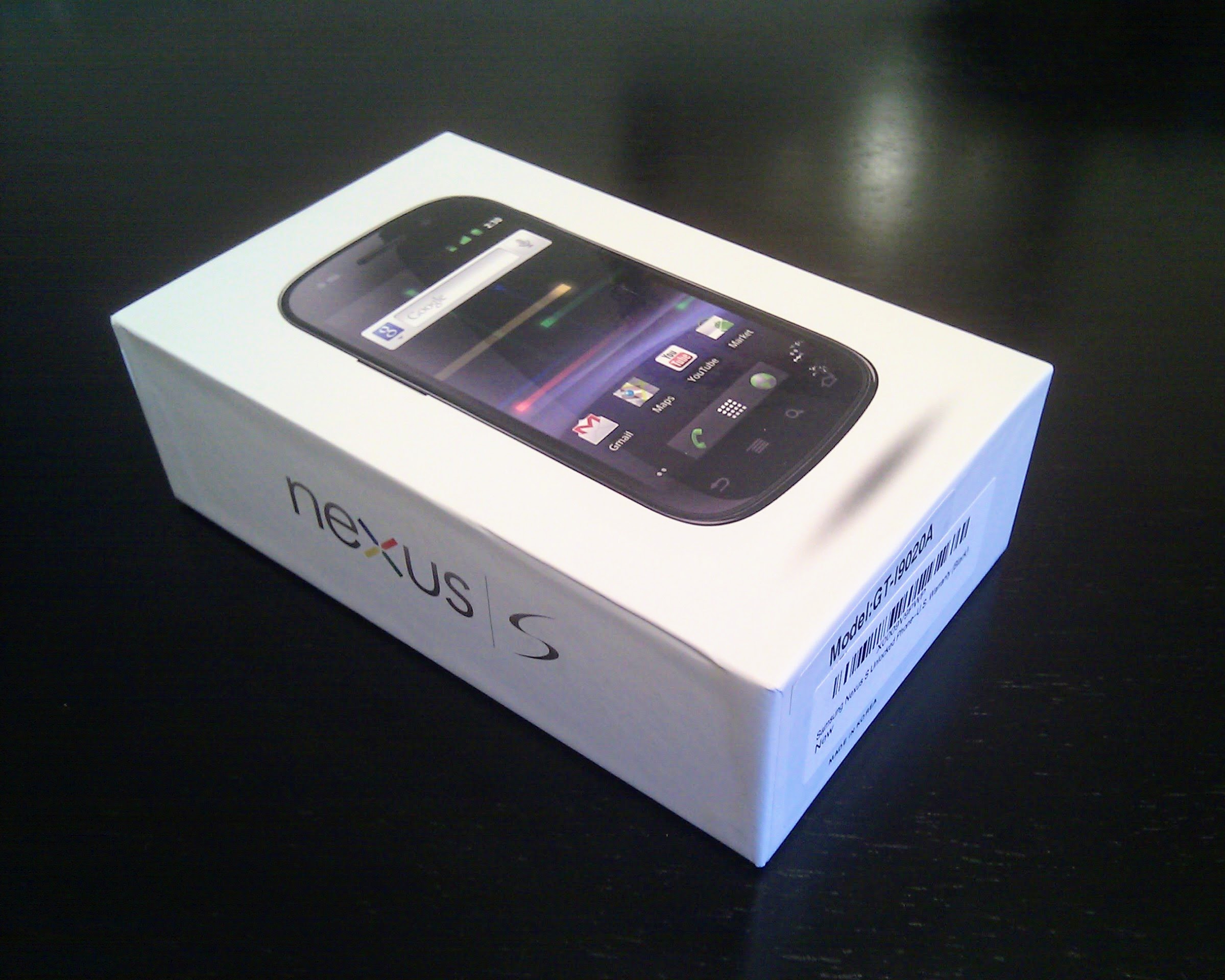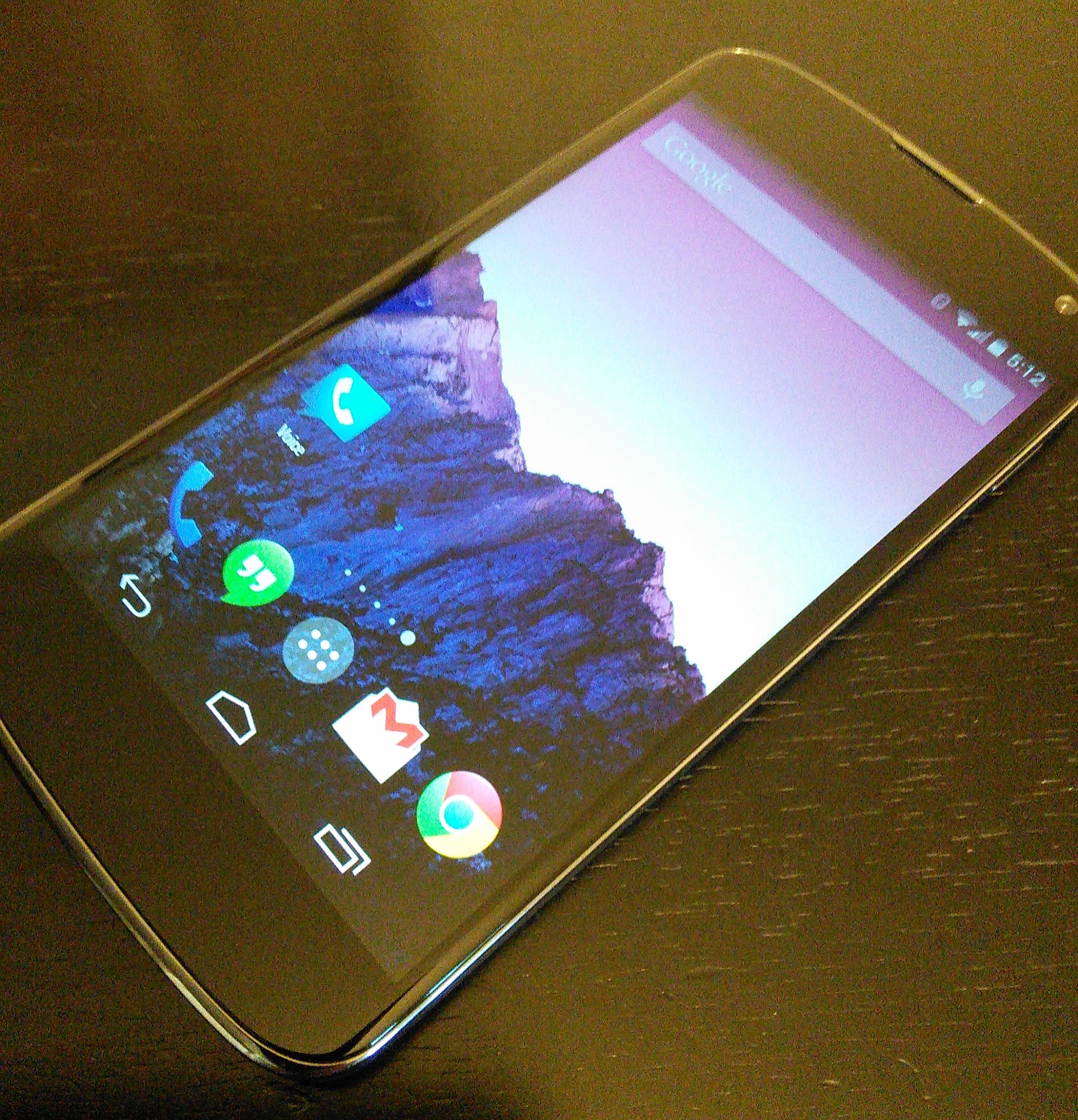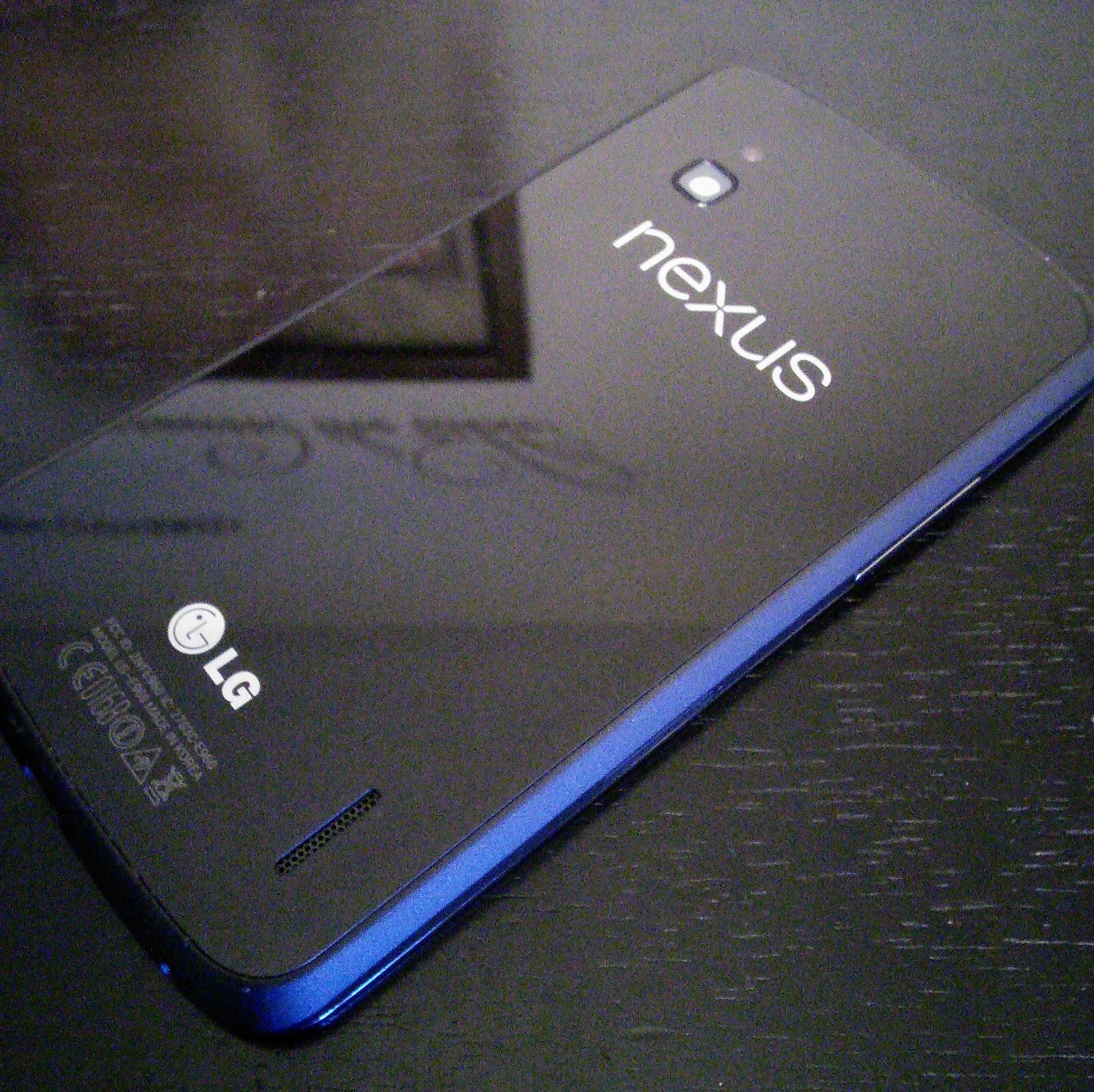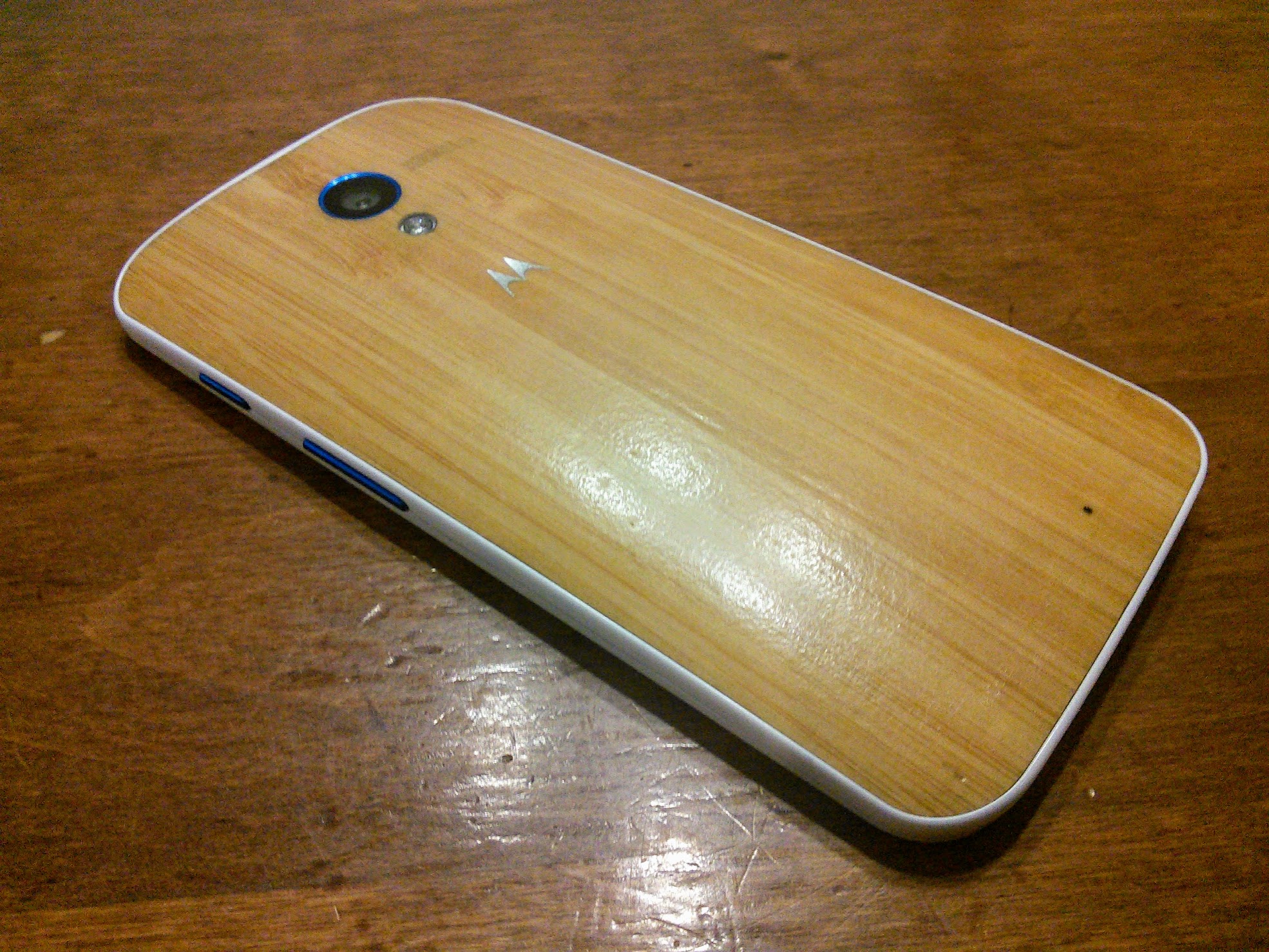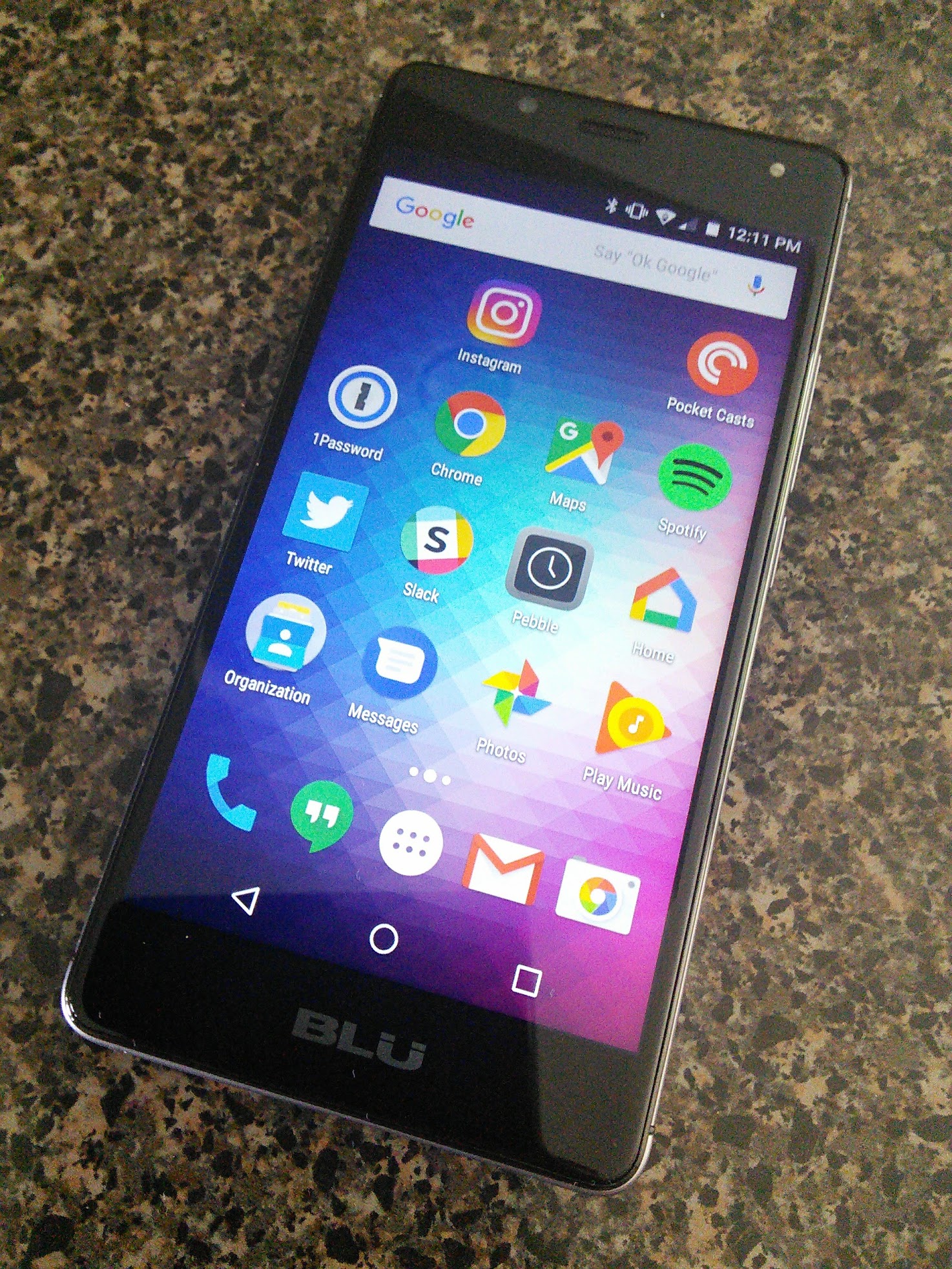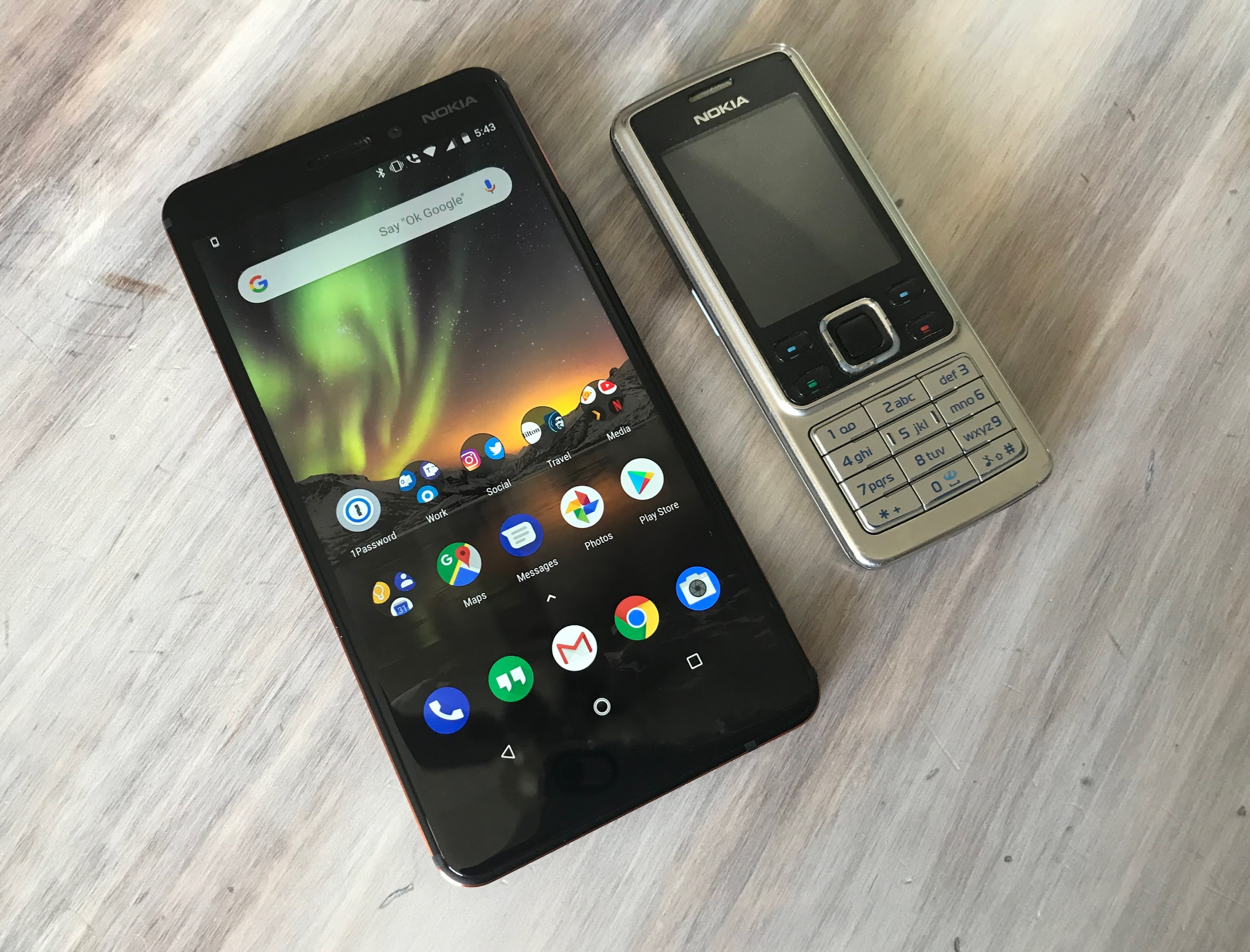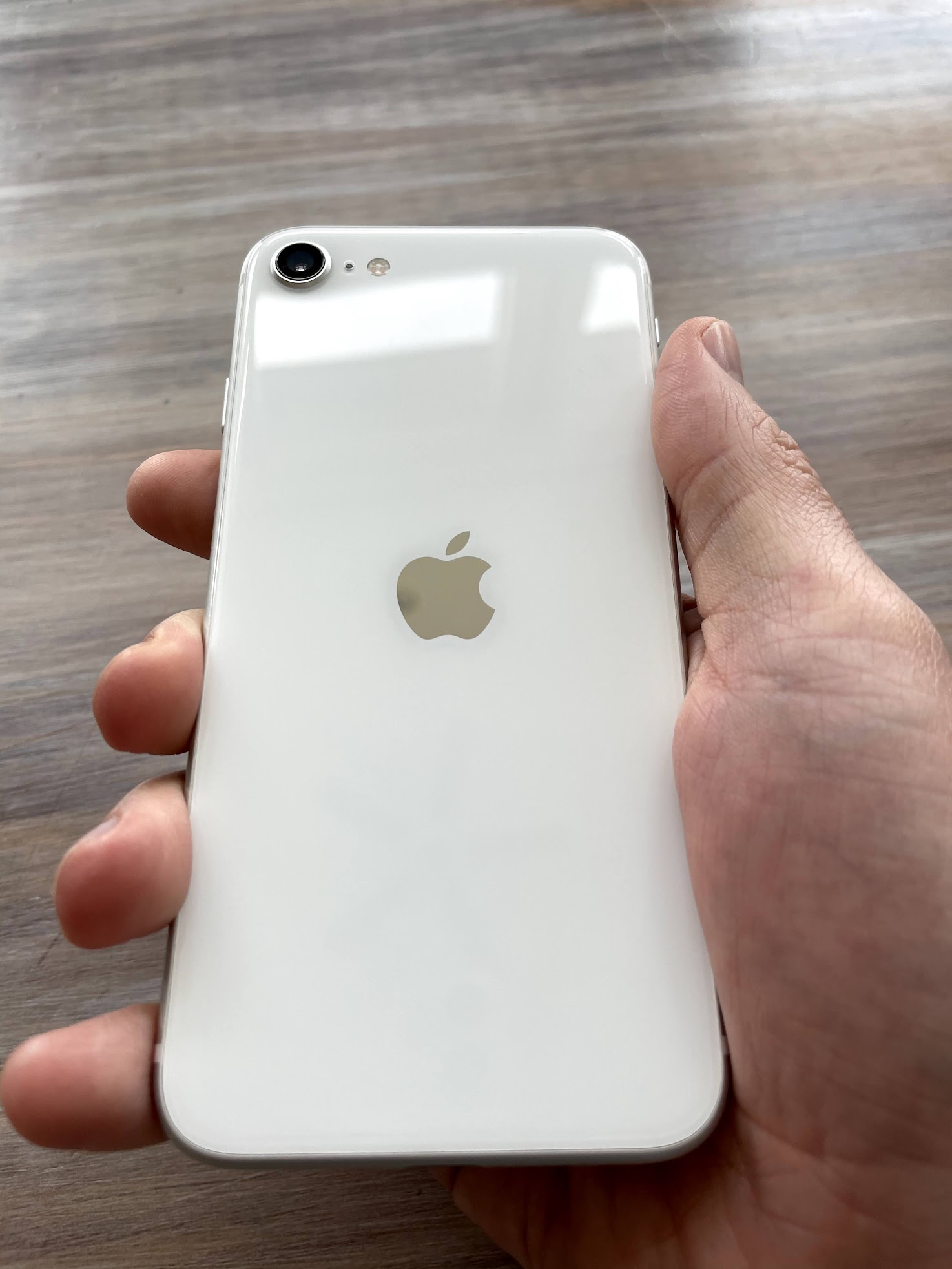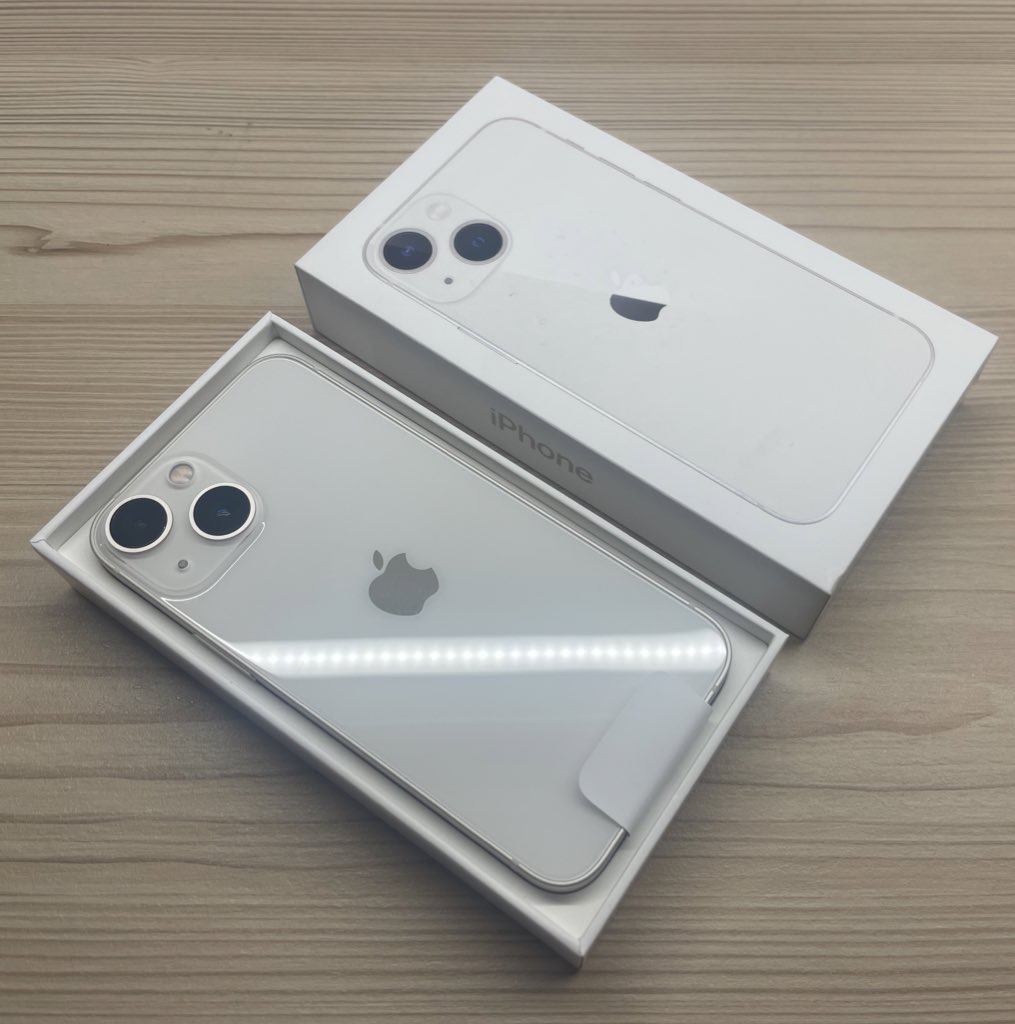Mobile Devices I've Owned
I have always loved small, portable devices. Over the years, I have owned and enjoyed many, always upgrading from device to device, carefully picking out each successor. For awhile now, I’ve wanted to list them out and write a bit about each one, including my experience with it, and whether I miss it or not.
I’m purposefully ommitting laptops, game consoles, and MP3 players here, as I might write about those separately in the future.
Palm M105
As a freshman in high school, I received my very first mobile device: a Palm M105. This was a budget, consumer-oriented PalmOS device, powered by AAA batteries, with violatile storage, and a monochrome display.
It came to me by way of a highschool friend, who gave it to me complete with the serial dock. When I received it around 2005, it was already a bit outdated, but I loved it anyway.
It went with me everywhere, functioning as a pocket watch, thanks for the little door in the plastic flip cover that revealed the clock. I used it for phone numbers, notes, and explored the PalmOS ecosystem of apps.
I was hooked. One major downside is that the M100 and M105 had a hardware flaw that killed the memory backup capacitor. No matter how quickly you changed the batteries, it would wipe the memory and require a complete “HotSync” with the companion software on my laptop. The allure of rechargeable batteries and color screens also had me wanting more.
While I have fond memories of the Palm M105, I don’t find myself wishing that I’d kept it. A PalmPilot, Palm VII, or Handspring Visor would be more interesting to have in my collection, these days. I’d also be interested in having a PalmOS barcode scanner.
By the way, if you want to read more about Palm, this retrospective by Cameron Kaiser is excellent.
Palm M130
The logical upgrade was a Palm M130, which sported the exact same formfactor but with some nice improvements: a color screen, built-in rechargable battery, and SD card slot.
I think it was with this device that I piped my dial-up internet out of the IrDA port of my laptop, across the room, and into my Palm device to surf the internet, wirelessly. Of course, you had to keep the device carefully pointed at the laptop, and within about 2 meters, but this was in fact my first experience with wireless internet.
The Palm M130 was great, but my collection today sports its more premium cousin, the sharp and sleek Palm M515.
HP iPAQ RX3115
While visiting with family, I spotted my Uncle’s Pocket PC. It ran a variant of Windows CE, and blew me away with it’s multimedia and web browsing capabilities.
I sold the M130, and purchased an HP iPAQ RX3115 from our local Staples. Running Windows Mobile 2003, it sported built-in 802.11b, Bluetooth, and an SD card slot.
I especially appreciated the design of the RX3115, which featured sharp lines and edges, but I can’t say I miss this one. It was more of a “gateway drug” to more powerful devices.
Dell Axim X51v
By late high school, I was really, REALLY into Windows Mobile, and there was a new device on the market that was the undisputed king: the Dell Axim X51v. With a 624 MHz processor, Wi-Fi, Bluetooth, 256 MB of memory, a proper VGA screen, and both SD and CompactFlash slot. While the Axim X51v was all about hardware specifications, the biggest draw for me was Windows Mobile 5, which seemed a lot cleaner than Windows Mobile 2003.
It went with me everywhere for 2 or 3 years, staying with my longer than any mobile device I’d bought so far. I took it to a youth conference with my Dad’s old IR Palm keyboard, and used it to take notes in Microsoft Word. During my senior year, I attended our community college, and used it there to make calls in to public telephone network over Wi-Fi with Skype. I had to hold it upside down to talk (the speaker was under the d-pad, and the microphone was on top). It was clunky, but it worked! I also used it in my car as an MP3 player, thanks to a 1 GB CompactFlash card.
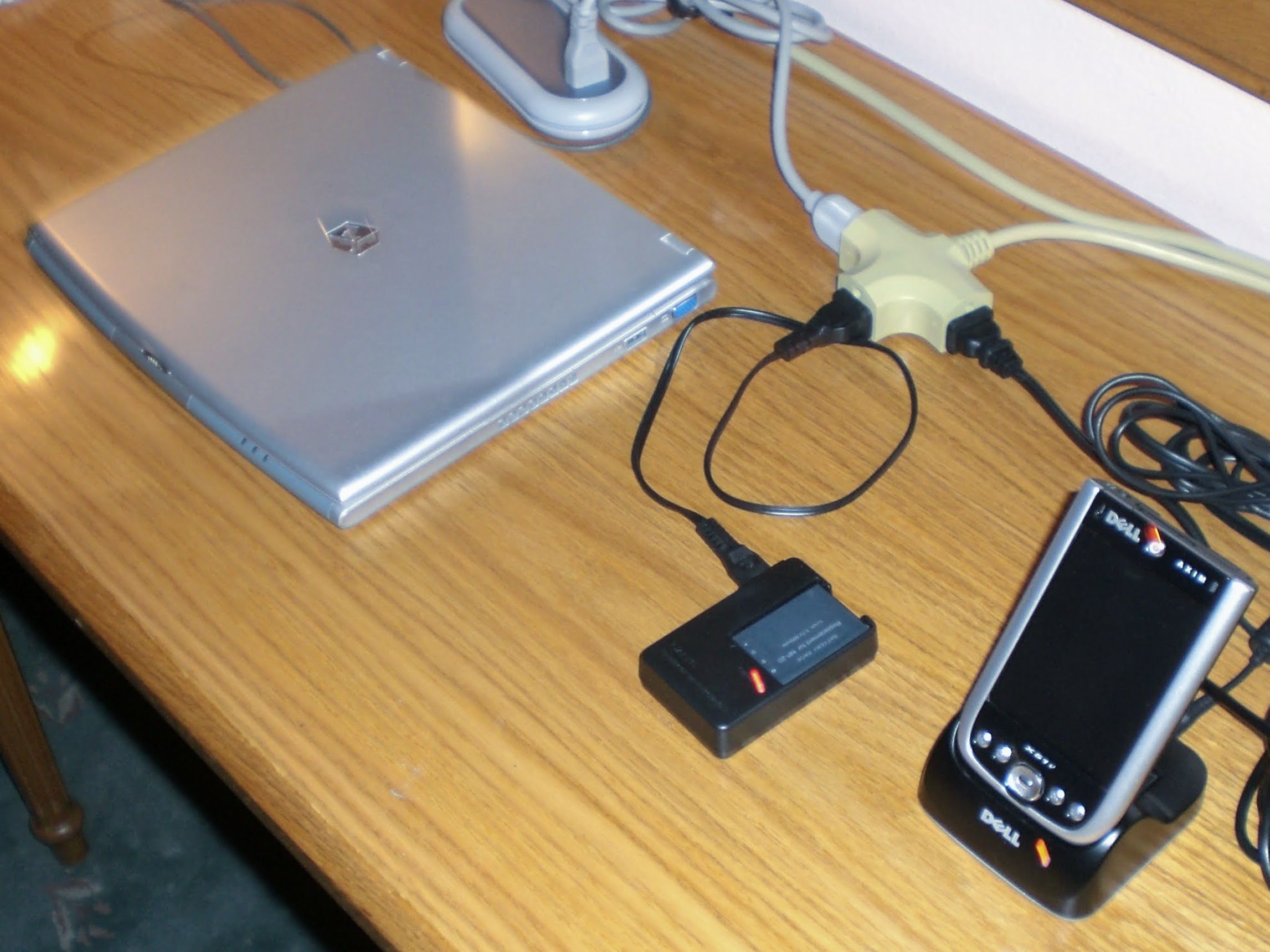 My Dell Axim X51v, accompanying me on an international trip. Surprisingly, I don’t have any good photos of it.
My Dell Axim X51v, accompanying me on an international trip. Surprisingly, I don’t have any good photos of it.
The Dell Axim X15v had one key shortcoming, and that was Windows Mobile 5 (the thing that attracted me to it in the first place). The user interface seemed unfriendly, chaotic, and messy. I didn’t know how or why, but I just felt like it could be a lot better than it was.
Some time in 2008, one of my classmates in college pulled an iPod touch out of their backpack. I had somehow missed the iPhone launch (likely deeming it unobtanium due to the price, and dismissing it entirely). As I watched my clsasmate smoothly zip around through early iOS, my Dell Axim X51v instantly felt outdated. I sold it immediately.
At this point, my feelings about Windows Mobile are sour. It could have been great, but the poor UI and lack of app ecosystem held it back. I don’t miss my Dell Axim X51v at all.
Nokia 6300
During the early parts of high school, I mostly carried my mom’s Nokia 5110. She had a hot pink faceplate on it, which my high school friends thought was ironic and cool. I mostly just used it to let my parents know where I was, and when I’d be home.
By my senior year in high school, most of my friends had already had their own phones for a couple of years. Text messaging was gaining popularity, and I lived outside of town and was tired of struggling to stay in touch with people.
I walked into our local GSM carrier’s storefront, and left with a Nokia 6300. It was incredibly small and sleek, had a color screen, a camera, Bluetooth, and snake. Of course, the battery life was incredible, although the camera was pretty bad.
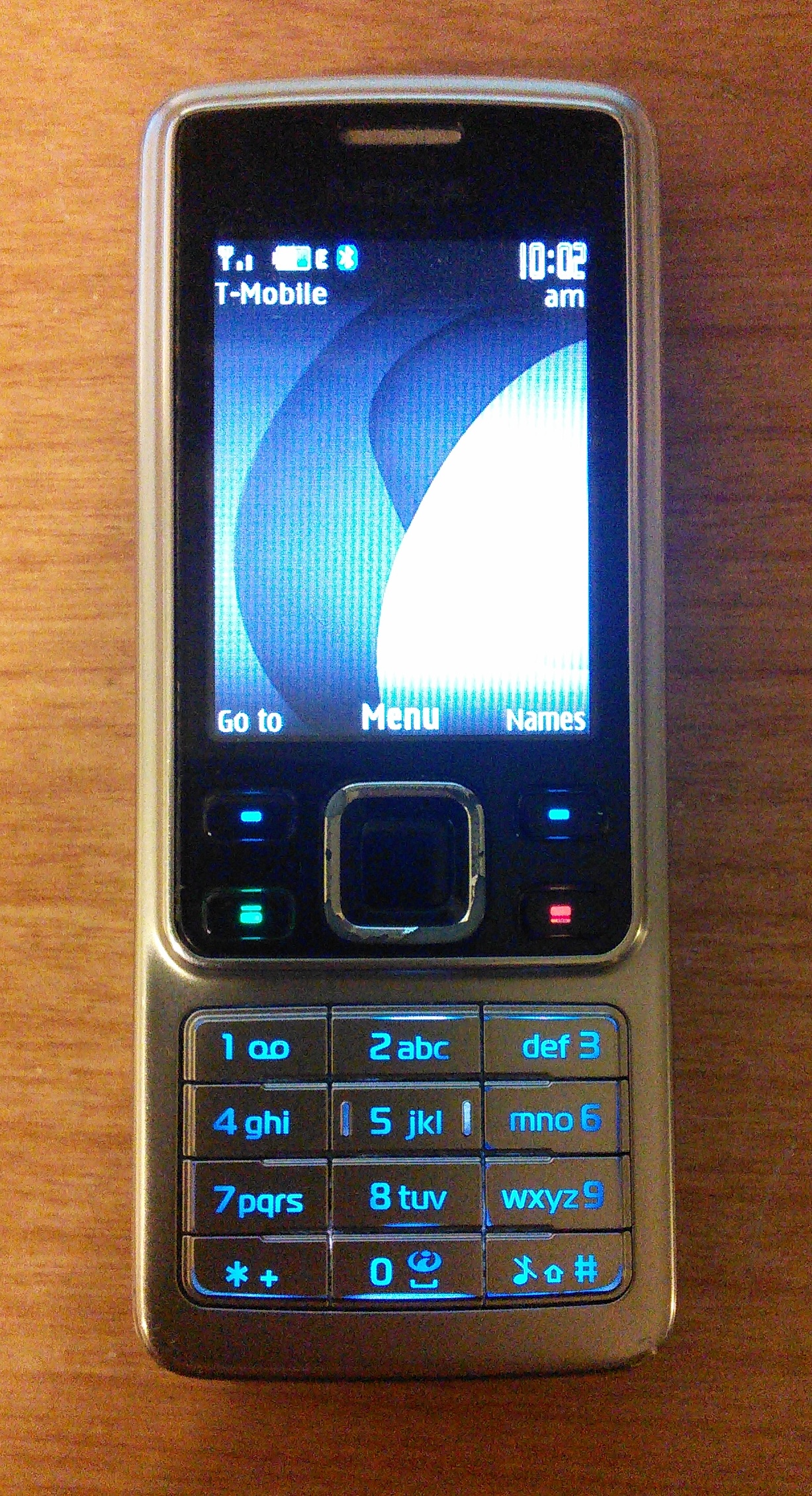 My Nokia 6300 in 2014. It was already a dinosaur!
My Nokia 6300 in 2014. It was already a dinosaur!
I carried it from about 2007 to 2011, mashing countless text messages into the T9 keyboard. I even experimented with data tethering a few times, even though it only had a 2G EDGE radio. I still own it today, and it still works, save a worn-out charging port. Although I successfully used it with T-Mobile a handful of years ago, I suspect that T-Mobile has long-since turned off their 2G networks.
I’ve been meaning to jump on eBay and buy a fresh one for awhile now.
T-Mobile G1
Also known as the HTC Dream, the T-Mobile G1 is famous for being the first commercially-available Android phone, ever. I could have never afforded one of these, but when it was 1 or 2 years old, I managed to find one for sale with a broken screen. I offered $20 for it, and one midnight-grocery-store-parking-lot meeting later, and it was mine.
I replaced the screen, put CyanogenMod on it, and (attempted) to play Angry Birds, but the 256 MB RAM ceiling proved to be very low. The newer versions of Android (probably 2.2 Froyo or 2.3 Gingerbread) brought by CyanogenMod proved to be a bit more than it could handle.
I sold it, and I’ve regretted it ever since. The chunky design and “chin” at the bottom were evocative of the stout Android mascot that we all love, and the keyboard slid out with a satisfying “snap”. I’d grab one right away, but the eBay prices are just a bit more than I can stomach for a paperweight.
Nexus One
The driver for this update: performance. I wanted newer versions of Android, and this was how I could get it. The AMOLED display was novel and very cool, too.
That said, I can’t say I miss this one very much, but my wife misses hers. She loved the trackball for navigating links, and the multi-color LED behind it for notifications. Regardless of my feelings, the Nexus One was a very important phone, famously kicking off the Nexus line, and being the only way to get stock Android.
Nexus S
A like-new Nexus S came up for sale on Craigslist. I distinctly remember showing up to buy it, and the nice lady selling it offered me a big discount on the spot, just to be nice.
Continuing with the “stock Android, straight from Google” experience, the party trick of the Nexus S was a slightly curved screen. This, along with the overall small size of the phone, made reaching for the notification drawer at the top extremely comfortable. To this day, I think the Nexus S is the most ergonomic and comfortable phone that I’ve ever had.
The Nexus S is also when I was introduced to my all-time favorite version of Android: Android 4.0 Ice Cream Sandwich. This, to me, is where Android peaked. It was still fun and geeky, but also managed to feel sharp and clean. The iconography had a beautiful 3D appearance (all with a consistent camera angle), and Google’s UI guidelines felt complete and well-considered. If I could have a specific version of Android back, it would be ICS.
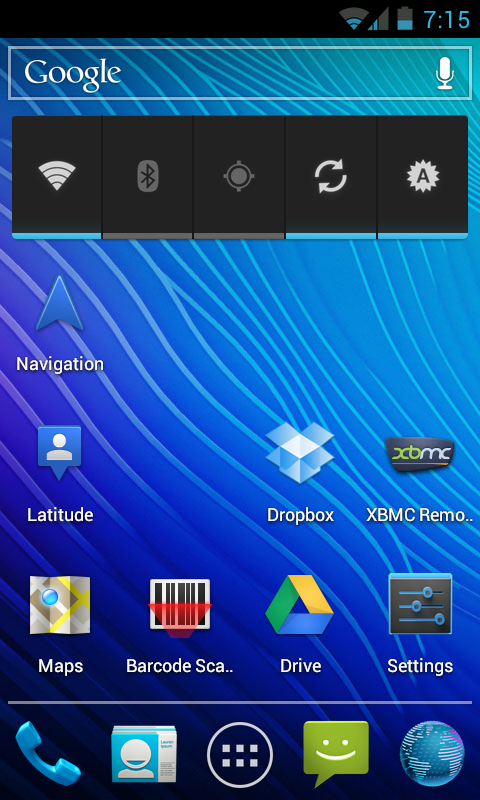 This might be CyanogenMod, and it might not even be Ice Cream Sandwich, but it is a great example of my absolute favorite era of the look and feel of Android.
This might be CyanogenMod, and it might not even be Ice Cream Sandwich, but it is a great example of my absolute favorite era of the look and feel of Android.
There was however, one glaring issue with the Nexus S: the bands supported by the phone did not line up with the 3G bands that my carrier offered, which frustratingly left me stuck with 2G speeds. Ultimately, this caused me to sell off the phone and move on.
I’d love to hold one of these again.
Nexus 4
Thanks to the incredibly low $299 price tag (when flagship phones were usually $600), the LG Nexus 4 was the very first smartphone that I bought new.
At the time, the glass back seemed very exotic. If I could describe this phone in one word, it would be “solid”.
Moto X
Ah yes, the Moto X. This one held the top spot on my list for a long, long time. Ordering a Moto X was a lot of fun, as the order form (dubbed “Moto Maker) guided you through a cuztomization wizard. The phone body color, back panel, and button colors were all customizable. I specified one with white plastic, blue buttons, and a real bamboo back.
 All of these years later, I still have a screenshot of the customizer from while I was ordering the phone.
All of these years later, I still have a screenshot of the customizer from while I was ordering the phone.
The result was the most interesting mobile device I’ve never had.
BLU R1 HD
This thing. Yikes.
The Moto X was starting to get long in the tooth, and we were working super hard to economize where possible, and pay down our home mortgage. That’s when the BLU R1 HD appeared. It was a subsidized phone by Amazon: the lockscreen showed ads, and you couldn’t remove the Amazon apps, but beyond that it was a pretty much stock Android in a budget phone.
Or so I thought.
Turns out, there was Chinese spyware on the thing. Great.
Beyond that glaring problem, it was surprisingly good. The camera was okay. The screen was fine. It only had 2.4 GHz Wi-Fi but c’mon, it was $60! That said, this ended up being a stop-gap solution.
Nokia 7.1
I began looking for our next set of budget phones, and settled on the Nokia 7.1. A Finnish company called HMD Global licenses the Nokia brand for their phones.
It ran stock Android, had good build quality, and had a pretty good camera, but it was large. Additionally, there were some odd Bluetooth bugs that prevented it from working well with both of our car stereos. HMD Global’s tech support wasn’t willing to admit a problem, so we just lived with the issues.
I can’t say that I have especially fond memories of this phone. It was almost “fine”. That said, I’ve been eyeballing some of HMD Global’s “feature phones” for the kids. It’s just a shame that most of them charge with MicroUSB.
iPhone SE (2020)
I did it to myself.
I wasn’t excited about Android anymore.
There were a couple of reasons. First, I’d chosen a couple of budget phones in a row, and was certainly not getting the best possible Android experince.
But the second reason was far more sinister, and it was called “iPad Pro”.
I’d been a Mac user for years and years, since 2012! Keeping an Android phone around was a bit of a defense against the “Oh, so you’re one of those fruit guys”. But then, I received my first iPad Pro through work. I enjoyed benefitting from the Apple ecosystem, started to understand worflows in iOS, and couldn’t deny how rock-solid the iPad was.
Then, Apple announced the $399 iPhone SE. It was small, it was simple, and it was perfect for a first-time iPhone owner like me. There was just one problem: I much preferred the iPhone 4/4S/5 and 11” iPad Pro’s “square edge” design language.
iPhone 12 mini
I had to do it. The edges were square!
This one is still my favorite to this day. I much prefer the bright white of the 12 over the creamy “Starlight” of the 13.
iPhone 13 mini
When my company relocated me to Finland, the relocation came with a new company phone. Score!
“Which color of iPhone 14 Pro do you want?” I think they were a bit surprised when I said, “Actually, I’d like an iPhone 13 in Starlight.”
The 13 mini is my second-favorite iPhone, strictly becase of the forementioned color issue. The battery could be better, and of course I’d prefer USB-C over Lightning, but that’s pretty much where my complaints end. I love my 13 mini, and I won’t give it up until I absolutely have to.
I was hoping that the next iPhone SE would be based on the 13 mini, but alas, it seems that they are basing it on the standard iPhone 14. So for now, I’m sticking with the 13 mini.

